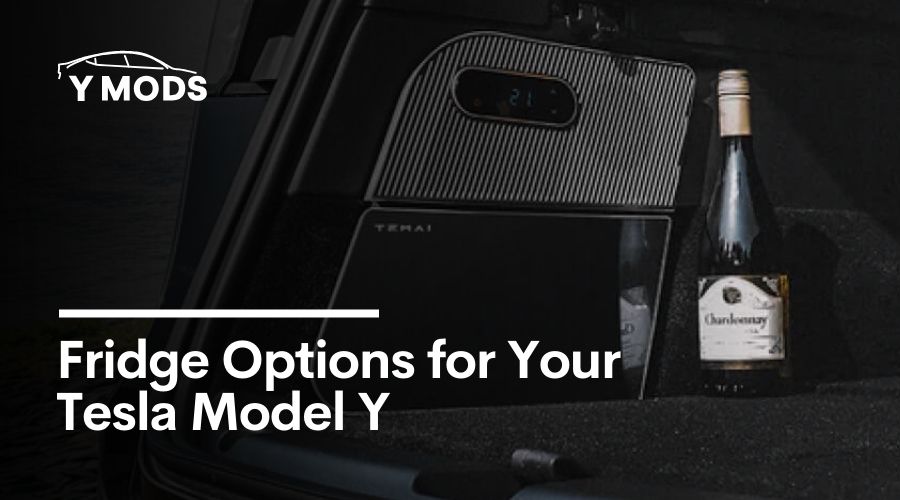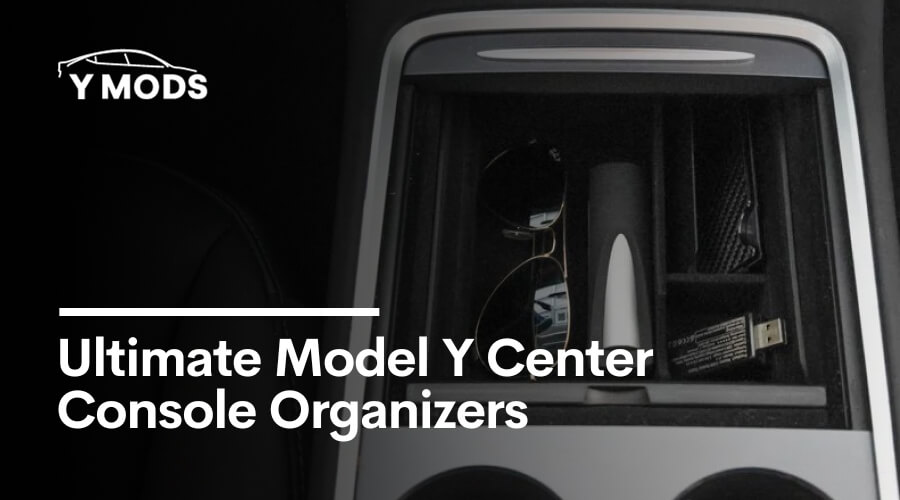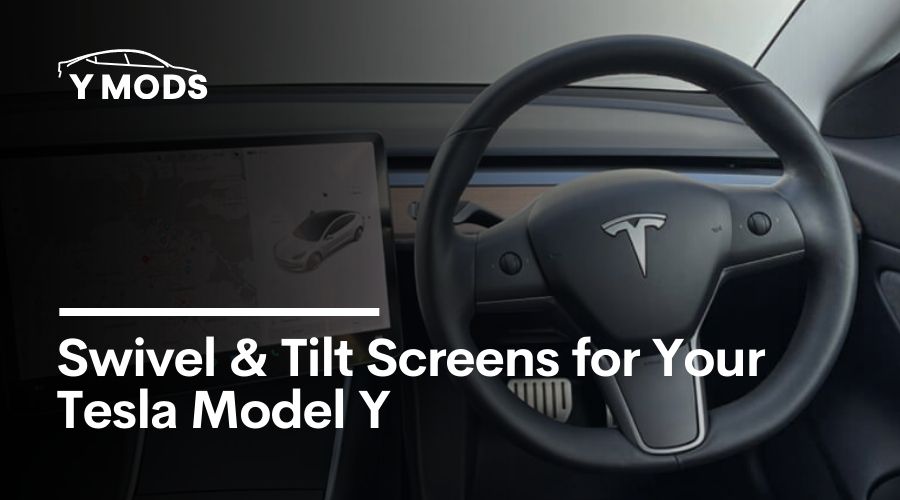Charging Your Tesla: How to Prevent Insects and Rodents from Nesting
Keep pesky critters at bay and ensure a worry-free charging experience for your Tesla with our expert tips on preventing insects and rodents from nesting in and around your Tesla Model 3/Y.
As Tesla owners, we all know the joy of owning an EV and the convenience of being able to charge it at home. But did you know that the warm battery and quiet operation of your EV can also attract some unwanted guests? Pests like insects and rodents can be attracted to your charging equipment, and it’s not just a nuisance but it can also be a safety hazard.
Pests can cause issues like chewing through your wires, eating through your wiper fluid cable to get to the water and defecating/urinating on electronics which inevitably leads to corrosion (and a very expensive replacement bill for you). So, in this post, we’re gonna show you how to keep those critters away and make sure your charging experience is hassle-free.
How to Prevent Insects & Rodents Nesting in Your Tesla
OK so how do you prevent insects and rodents from nesting in your Tesla? Here are some easy solutions, including tips and tricks from other Tesla owners who’ve dealt with the same issue.
Use Traps/Bait in Your Garage
One solution to dealing with an infestation that some Tesla owners have found success with is using traps. By placing traps in the car, you can catch any pests that have made their way inside. There are plenty of traps you can buy online. You could also try baiting your garage to stop rodents in their tracks before having the chance to make their way inside your Tesla.
These are both relatively low-cost and simple solutions that can be effective if the infestation is not too severe. However, it’s important to note that if the infestation is more severe or if you are not comfortable handling the pests yourself, it is best to contact a professional exterminator for help.

Use a Car Cover
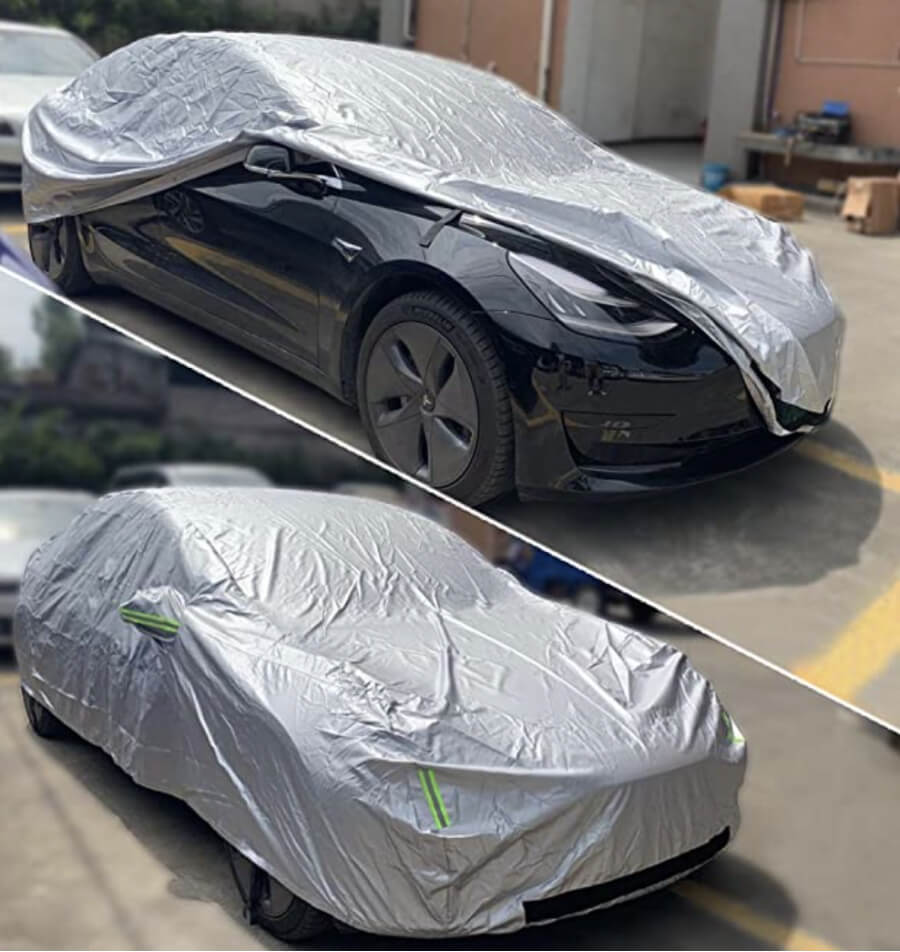
Investing in a car cover is a great way to keep pests out of your Tesla while it’s charging. A car cover can protect your vehicle from the elements, such as rain, snow, and sunlight, but it also works as a barrier to keep pests from getting inside.
The cover creates an obstacle that pests have to get through before they can access the car. It also protects the car from dust, dirt and other debris that can attract pests. Car covers come in a variety of sizes and materials, so you can find one that fits your Tesla perfectly and suits your needs. It’s an easy, effective and affordable solution for keeping pests away from your EV.
Keep the Charging Area Clean
Another important step in preventing pests from nesting in your Tesla while it’s charging is to keep the charging area clean and free of debris. Pests are attracted to mess and clutter, so by keeping the area around your charging equipment tidy, you’ll be less likely to attract them to your car.
This means regularly sweeping and cleaning the area, getting rid of any garbage and keeping the area free of any food scraps or crumbs (very important!) You should also avoid leaving any standing water around the area, as this can attract insects. It’s also important to clean the charging port and cable of your Tesla regularly, as any debris or dust accumulated can attract pests.
Use Sealants or Weather Stripping
Another great tip for keeping pests out of your Tesla while charging is to use weatherstripping or other sealants. These can be applied to areas around the doors, windows, and other openings of your car to create a barrier that pests can’t cross. This is especially helpful for older vehicles or ones that have gaps or holes that pests can easily get through.
Weatherstripping is relatively inexpensive and easy to install, so it’s definitely worth considering. You can also use other sealants like silicone or caulk to seal up any potential entry points. This will not only prevent pests from getting inside but also help to improve the energy efficiency of your car by preventing drafts.
What to Do if Rodents/Pests Start Nesting in Your Tesla
Alright, so you’ve done everything you can to prevent pests from nesting in your Tesla, but somehow, you still ended up with an infestation. Don’t stress, there are things you can do to fix the problem.
First things first, figure out what kind of pests you’re dealing with. Are they mice? Are they rats? Are they ants? Knowing what you’re dealing with will make it easier to know how to get rid of them. Look for signs like droppings, nests, or damage to the car’s interior. Once you’ve identified the pests, it’s time to take action.
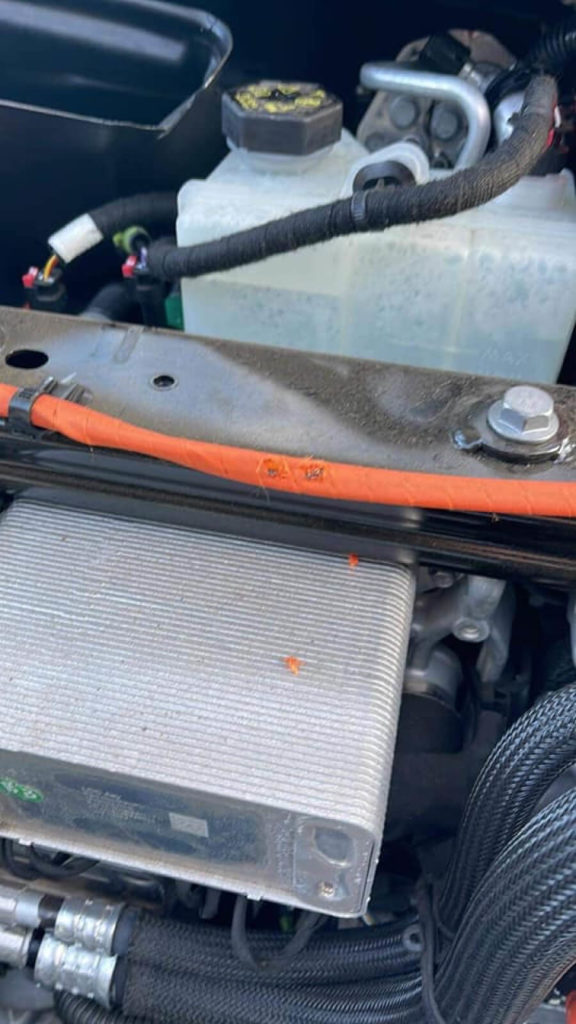
One option is to call in a professional exterminator. These guys are experts at getting rid of pests and they’ll know exactly what to do. Just make sure to ask for references and check reviews before you hire someone. If you’re not comfortable with that, you can also take your Tesla to a Tesla service centre, they might be able to help you out or recommend a good exterminator.
In any case, the most important thing is to act fast. The longer you wait, the more established the infestation will become and the harder it will be to get rid of. So, don’t hesitate and take action as soon as possible.
What Causes a Rodent or Insect Infestation in Your Tesla?
So, you might be wondering what exactly is making your Tesla such a desirable spot for rodents and insects. Well, one of the main reasons is the warmth generated by a charged battery. Pests are always on the lookout for a warm place to rest and a charged battery provides just that. Plus, the silent operation of electric vehicles can make it difficult for pests to detect the presence of humans and deter them from entering the vehicle (a winning combination for them).
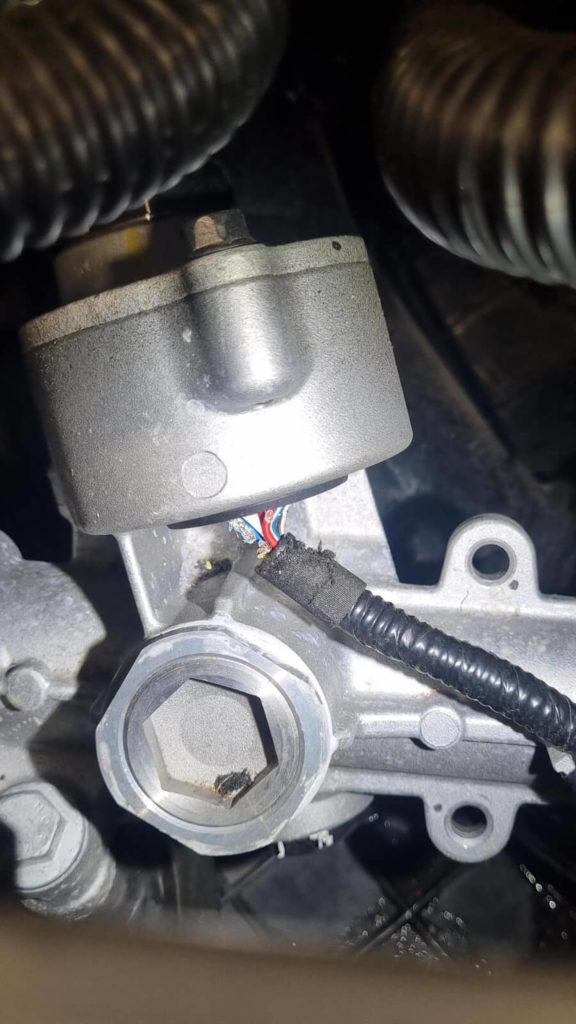
Another factor that can contribute to an infestation is the environment. If you park your Tesla near wooded areas or near a body of water, you might be more likely to attract pests. This is because these areas tend to have higher concentrations of pests. Additionally, if there are other cars parked in the area that are already infested, it can increase the chance of the infestation spreading to your car. Even if you keep your Tesla parked in a garage, if you’re near woods/water, they can still make their way inside your garage and into your car.
That’s why it’s important to be extra vigilant and take extra care to prevent rodents from accessing your Tesla if you live in forested areas or close to lakes and so on.
Be Rodent Aware & Take Action ASAP
Rodents and other pest infestations are a headache and a half, but now you’re aware of the issues, you can take the right steps to prevent them from becoming an issue.
Now, if it’s already an issue, taking swift action is key to getting rid of the nests and protecting your EV. Then, you can begin working on preventative measures to make sure it doesn’t happen again. We hope you’ve found this post useful – please share it around with your EV/Tesla friends if so!
RELATED POST
